Radial Engines in Cars. Who Said it Wasn’t Possible?
Not your typical engine in not your typical cars.
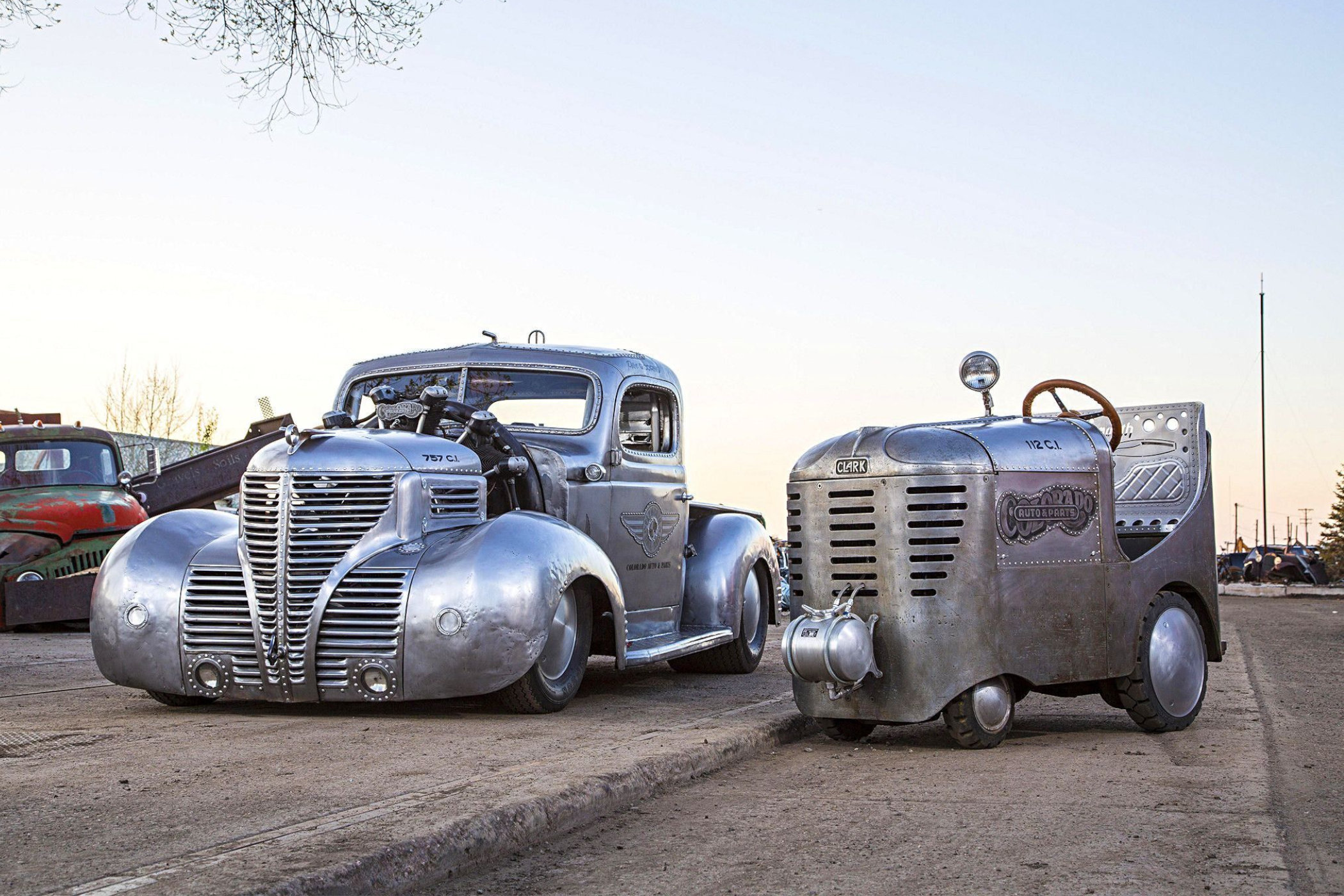
If you were asked to list the most common types of engines in cars, you’d probably answer: in-line, boxer, V-shape and end it there. And you’d be right actually, as these are the most widespread types of engines in the industry. Some might even mention rotary engines or electric engines, but that’s probably it. Despite the fact that there are loads of configurations within these types of engines, there’s an odd type of engine used ever so rarely in cars. And we’re not talking about large-scale manufacturers, but rather hardcore enthusiasts and madmen installing radial engines into cars!

Radial engines were first developed at the very start of the 20th century. The first documented radial engines date back to 1901. The concept is rather simple; instead of having cylinders and pistons positioned in a straight line or opposed to one another, the cylinders are spread around a central crankshaft in a circle. The full technical details are explained here for those who want to know. Radial engines can range from 3 cylinders on a single bank to 42 cylinders displaced over multiple banks. The biggest benefits of such engines are the relatively simple construction, the smooth operation, and the fact they can take a pounding. There are countless stories where early fighter pilots would return safely home with engines with damaged cylinders and whatnot.
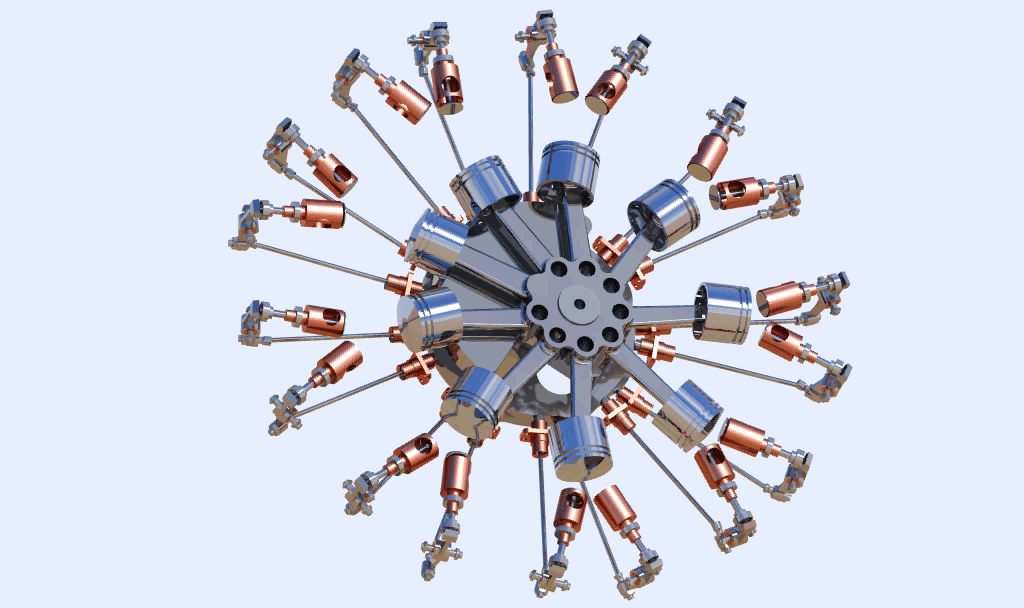
While this type of engine is used primarily in aviation, especially pre-dating jet propulsion, the radial engine isn’t exclusive to aircraft only. Throughout history, there’ve been tanks, boats, and even the odd car or bike fitted with a radial engine. Just like the more typical types of engines, a radial engine can either be air-cooled or water-cooled. One of the biggest ever radial engines built was the Lycoming XR-775-3. This mammoth of an engine has 36 cylinders, totalling 127 litres of displacement, and produced 5,000 horsepower. I wouldn’t want to be the one paying for fuel on that one!
Now, since this is the Petrolhead Corner and we focus predominantly on cars, let’s look at some of the cars fitted with a radial engine. But be warned, these cars are absolutely wild!
The 1935 Monaco-Trossi Grand Prix car
Once again, we turn to the world of Grand Prix racing in the 1930s in Italy for this fascinating story. Augusto Camillo Pietro Monaco had the idea of developing a Grand Prix car for the then top-level 750kg class. Partnering with friend and engineer Guilio Aymini, he set off to find funding for the car and start developing a design. At the time, it wasn’t rare to turn to engines used in early aircraft and convert them for racing, especially for world land-speed records.
With financial and mechanical support from FIAT boss Giovanni Agnelli, the duo got going with the development of the car. An extremely unconventional engine, for a car at least, was constructed: a twin-supercharged, air-cooled two-stroke 16-cylinder radial engine. Two banks of 8 cylinders were mounted behind each other, with pistons sharing a combustion chamber. This complex engine was light yet still capable of producing huge horsepower (at the time).
Fed up with technical issues, Giovanni Agnelli, at one point, withdrew from the project, and the duo was on their own again. Shortly after, they managed to get Count Carlo Felice Trossi on board, a wealthy aristocrat with a long history of racing cars, aircraft, and powerboats and also a former Scuderia Ferrari president.

Eventually, everything came together, and the Monaco-Trossi was put through its paces leading up to the 1935 Italian Grand Prix at Monza. The car was fast, like really fast, but only down the straits, unfortunately. The issue was the engine and gearbox were mounted so far to the front it made the car very nose-heavy. The balance was way off, and as a result, the car understeered on every corner, with the very light rear end becoming dangerously unstable under braking. With that notion, the car was withdrawn from the Italian Grand Prix, and the Monaco-Trossi team ended operations. The car survived WWII and is now on display in the Museo dell’Automobile in Turin, Italy.
DriveTribe provides more details on the radial Monaco-Trossi Grand Prix car.
1939 Plymouth pick-up truck
This machine is probably the most mental thing we’ve ever featured in the Petrolhead Corner and something that amazes me every time as it is just so darn mad. This is the 1939 Plymouth Radial Air pick-up truck, built by Gary Corns, a salvage yard owner and mechanic from Englewood, Colorado. It is a wacky combination of a classic American pick-up with a big ol’ aeroplane engine sticking out in the front.
The idea came from Gary Corns and his sons Eric and Adam and their love for aviation. As the owners of a salvage yard and auto shop, the three men had access to all sorts of parts from all sorts of vehicles. The truck came from a customer and cost just a few hundred dollars, and the engine came out of a disused seaplane. It is actually a Jacobs 12,4 litre 7-cylinder radial engine from the early 1950s, producing about 300bhp.
It was discussed in detail and eventually ran for a short while, in a Jay leno’s Garage episode;
It is truly a fascinating machine, however far out it might be. A custom tubular chassis was constructed, as the donor engine is quite a bit heavier than the original one. The body was stripped, chopped, and riveted back together in bare metal form. Rerouting the power from what normally would be a propeller to the wheels was a challenge. From the engine to the wheels it uses a mix of Chevrolet, Ford, and custom-made parts. One of the most striking things is the stock circular exhaust, which ends up poking out the side of the truck.
The truck’s interior is very aviation-inspired, with working dual controls for steering and driving and leather-clad, steel bucket seats. When it comes to actual driving, this has a very limited range for two reasons. It runs quite hot very quickly and eats up fuel like there’s no tomorrow. So it’s more of a show truck than a daily driver, but you’d probably guessed as much. It actually comes with a vintage, similarly styled aircraft tug, also featured in the video by Jay Leno.
More details on the build of this wicked truck over on MotorTrend.com
The Porsche 356 Outlaw by Emory Motorsports and Radial Motion
It’s one thing to swap an original engine for a radial one. It’s a whole other thing, as evidenced by the Monaco-Trossi, to develop a new radial engine from scratch and install it in a car. But that is exactly what Radial Motion, an engineering company from Australia, has done. In collaboration with Bespoke Engineering, Radial Motion has conceptualized a modular radial three-cylinder engine.
It wasn’t intended to be used in cars from the start, as it was originally developed as an aircraft engine. Realizing the potential of the engine not only suiting aircraft but cars as well, the team needed a testbed to see how it performed. It ended up in a Porsche 356 built by Emory Motorsports, as well as other vehicles, including a VW Beetle and a trike.
Currently, two types are available, either a 2.0L or 2.1L naturally aspirated model with about 200 to 210 horsepower. Being a compact and light engine, it can easily be installed in a custom car, especially based on a Volkswagen platform. This includes the VW Beetle, Kombi van, and of course, the Porsche 356 Outlaw you see here.
The concept of an “Outlaw” Porsche, which means the car has been significantly upgraded mechanically and aesthetically, is credited to Rod Emory of Emory Motorsports. This company, based in California, specializes in restoring and upgrading vintage Porsche cars and is responsible for the full nut-and-bolt restoration of the original 1951 Porsche 356/2-63 “Gmund SL”, the first Porsche car ever to enter the Le Mans 24 Hours race.
But this doesn’t mean every Outlaw Porsche is built by them, as this project clearly shows. The radial-engined Porsche 356 you see here is in fact built and owned by Ron Goodman of Exclusive Body Werks, in Australia. Similar to others, Exclusive Body Werks builds, restores, and races high-end cars, often vintage ones, around the world. The company also offers custom-built cars in the vain of the Radial Porsche 356, which is a VERY cool project, to say the least!
The Radial Motion engine is modular, which means maintenance should be fairly straightforward, and parts can be easily swapped out if needed. Radial Motion is currently developing a forced-induction version (i.e. turbo- or supercharged) and even talks about 6, 9 and 12-cylinder versions. If you are looking to build an Outlaw Porsche of your own and have a budget of about USD 25,000 for just an engine, I’d urge you to please consider this one! There’s something cool about those two bottom cylinders poking their heads out from under the rear bumper. You’ll certainly stand out at events like Luftgekühlt or Porsche Rennsport Reunion.
More information is available on Silodrome, and of course, Radial Motion.
The 1922 Megola motorcycle
In Jay Leno’s Garage video on the 1939 Plymouth pick-up truck, he also mentions a motorcycle he owns with a radial engine mounted in the front wheel. So, as a little ‘encore’, here’s a clip.
It’s known as a Megola and was built in Germany in 1922. The 5-cylinder radial engine mounted in the front wheel has a minimal capacity and produces only about 14 horsepower. It drives the front wheel and sounds like nothing else in a motorcycle I’ve ever heard before.
And just as Jay Leno describes in the video above, it’s an answer to an engineering question nobody asked. If you’re looking for more information, I recommend reading this article by Silodrome.


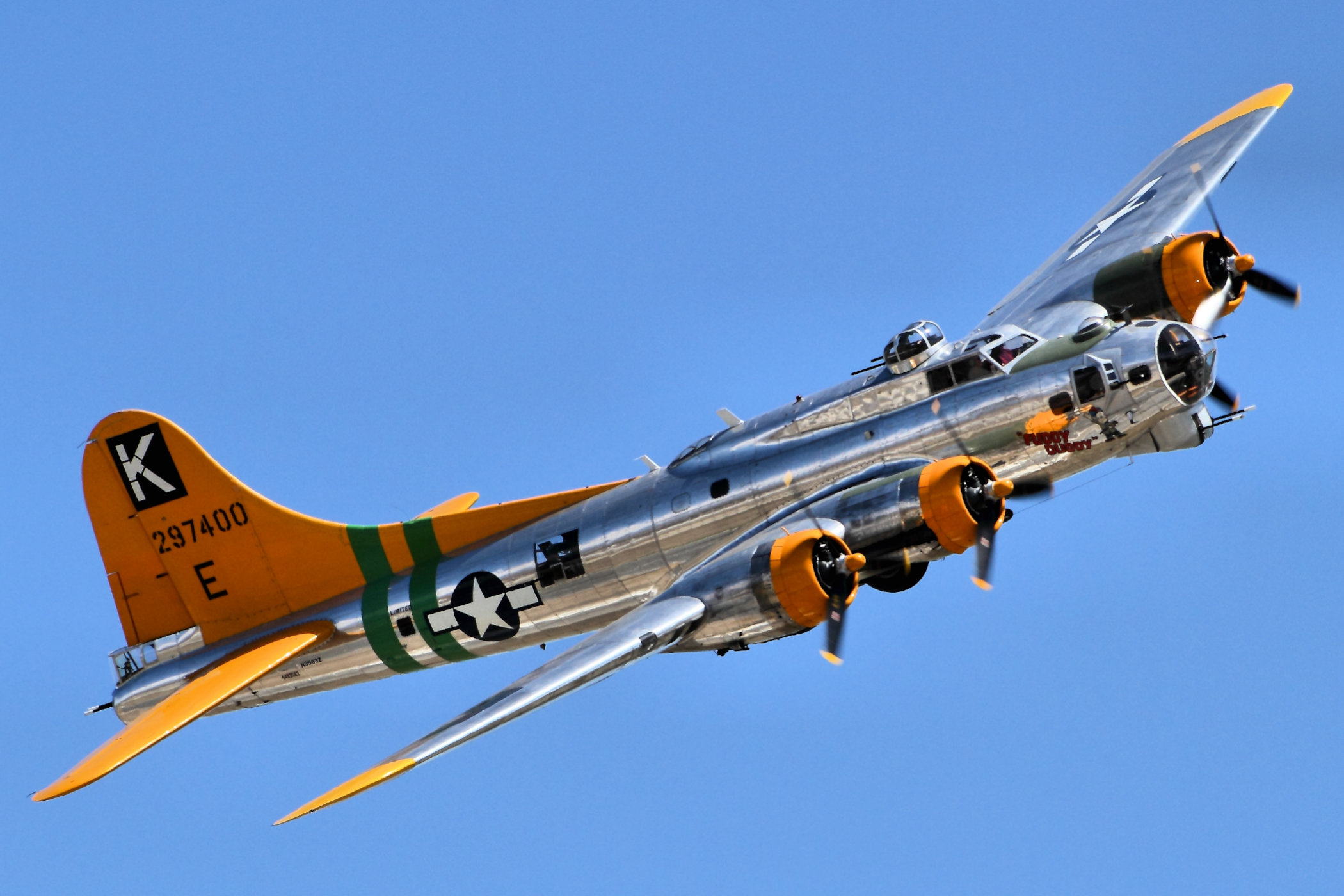
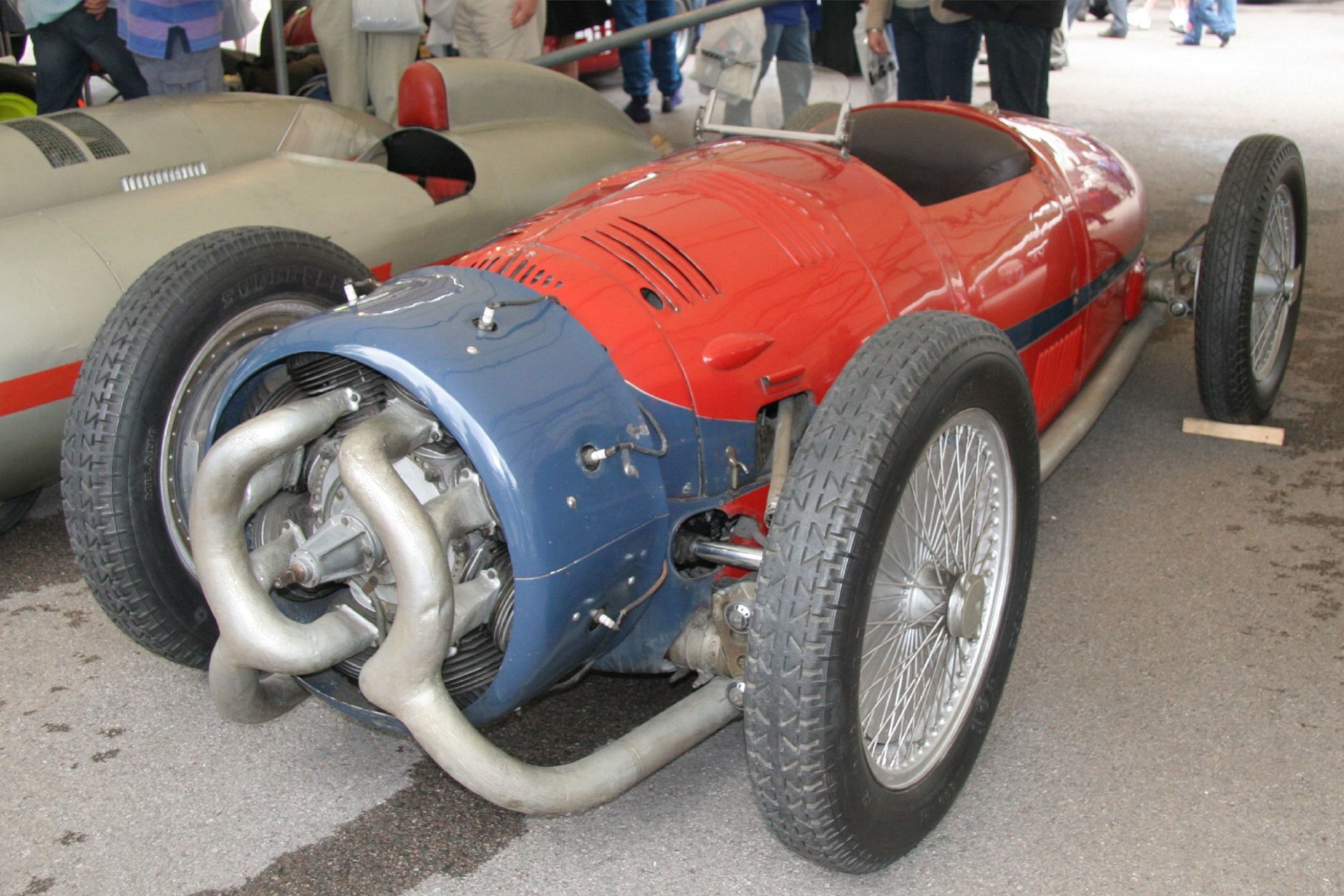
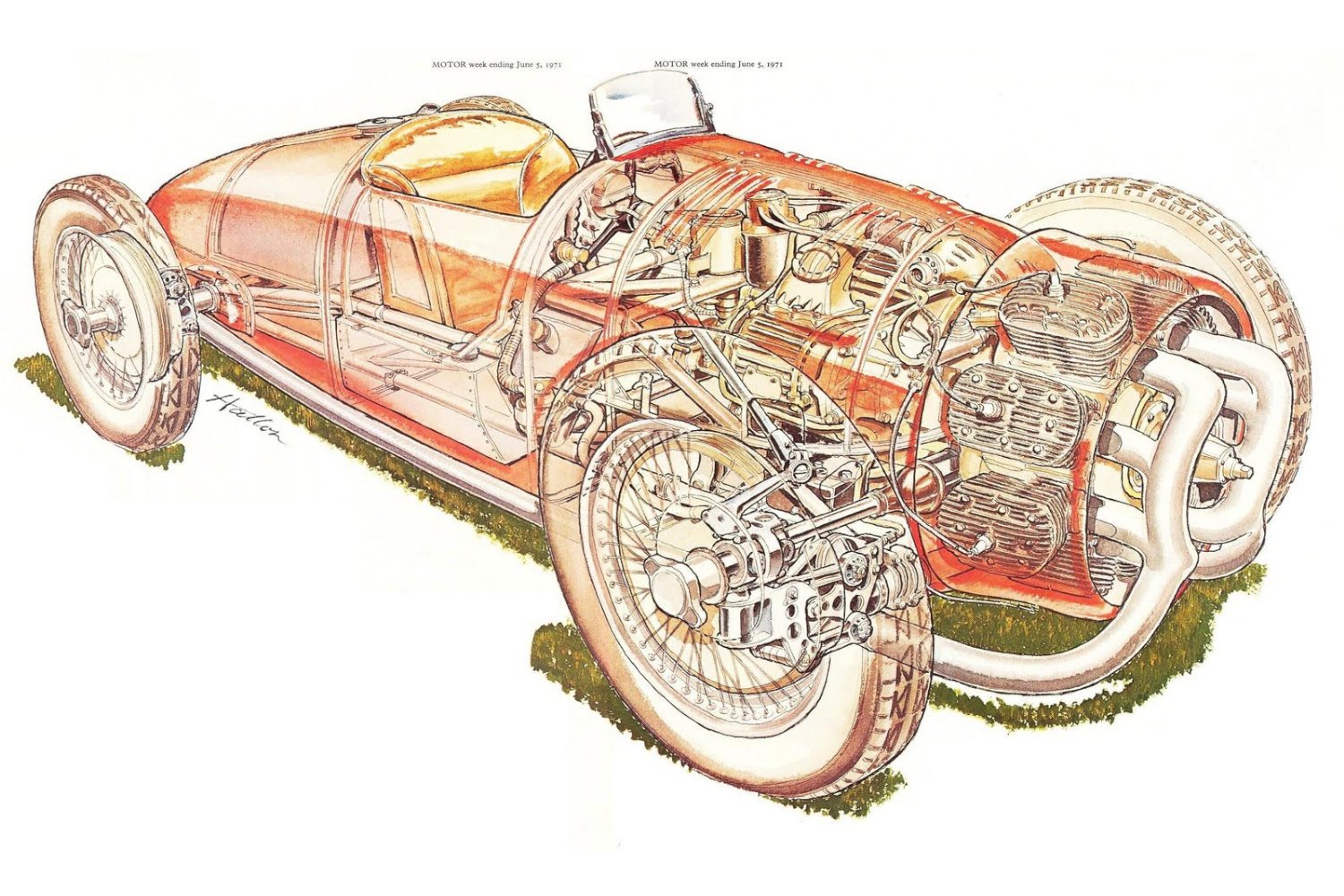
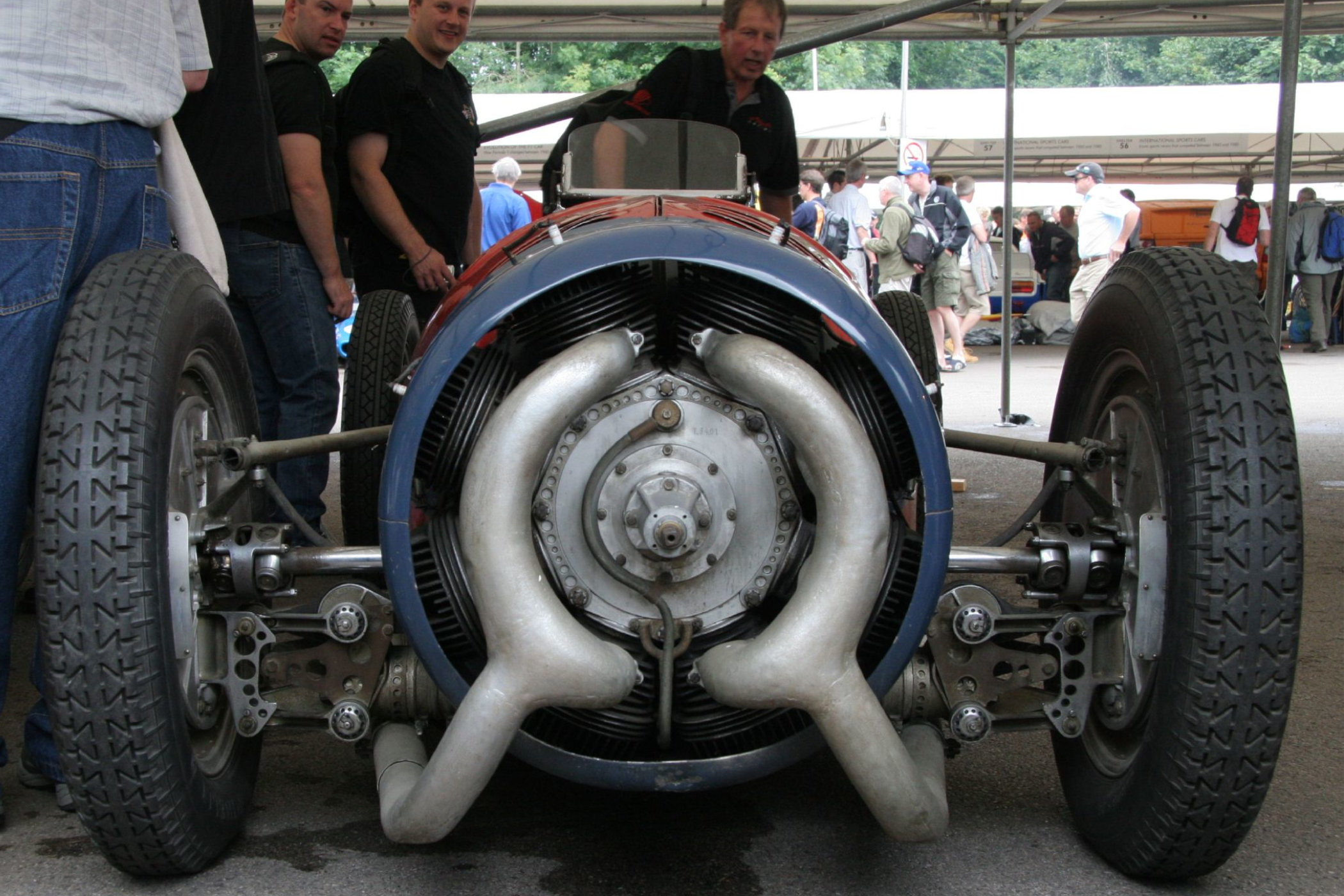
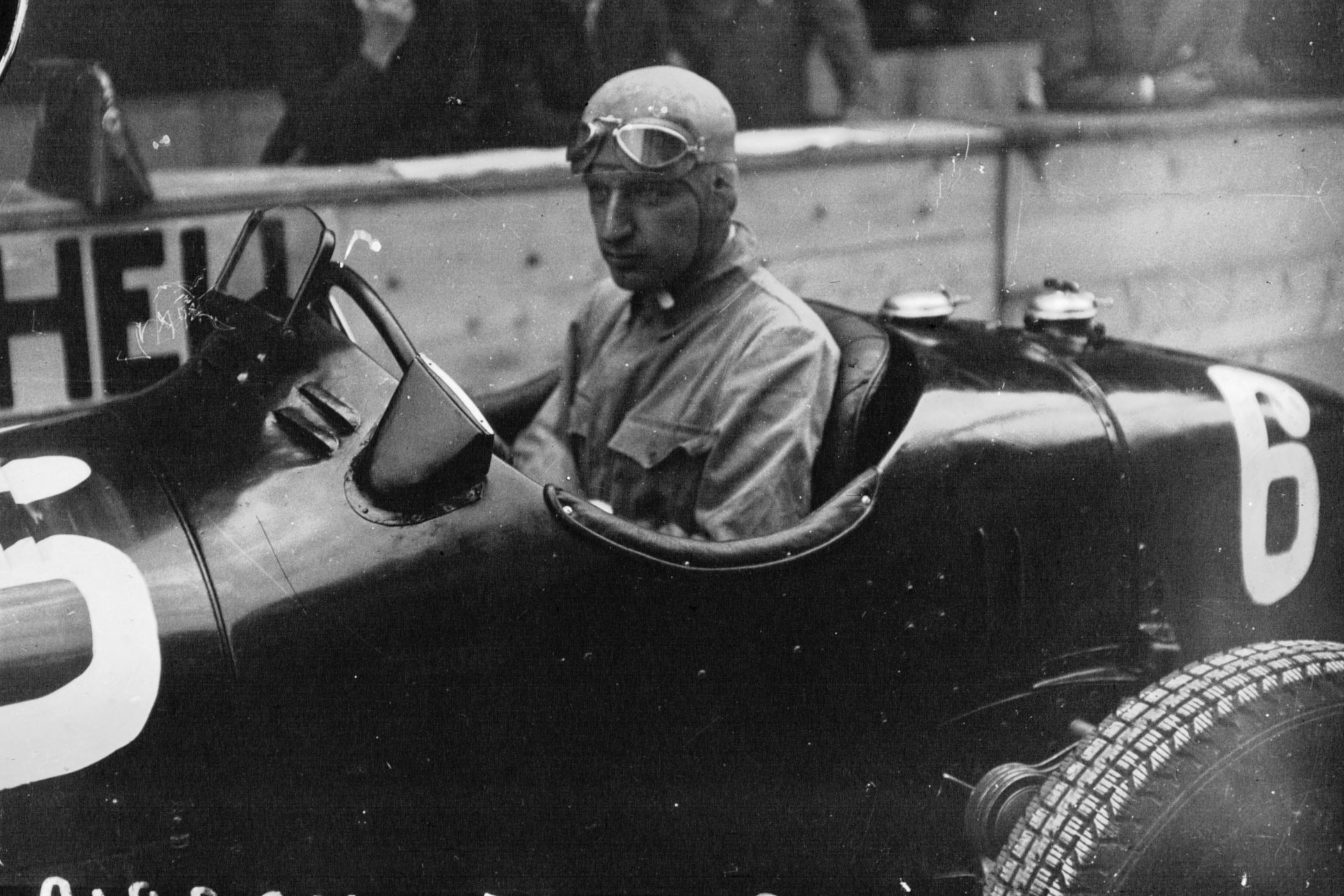
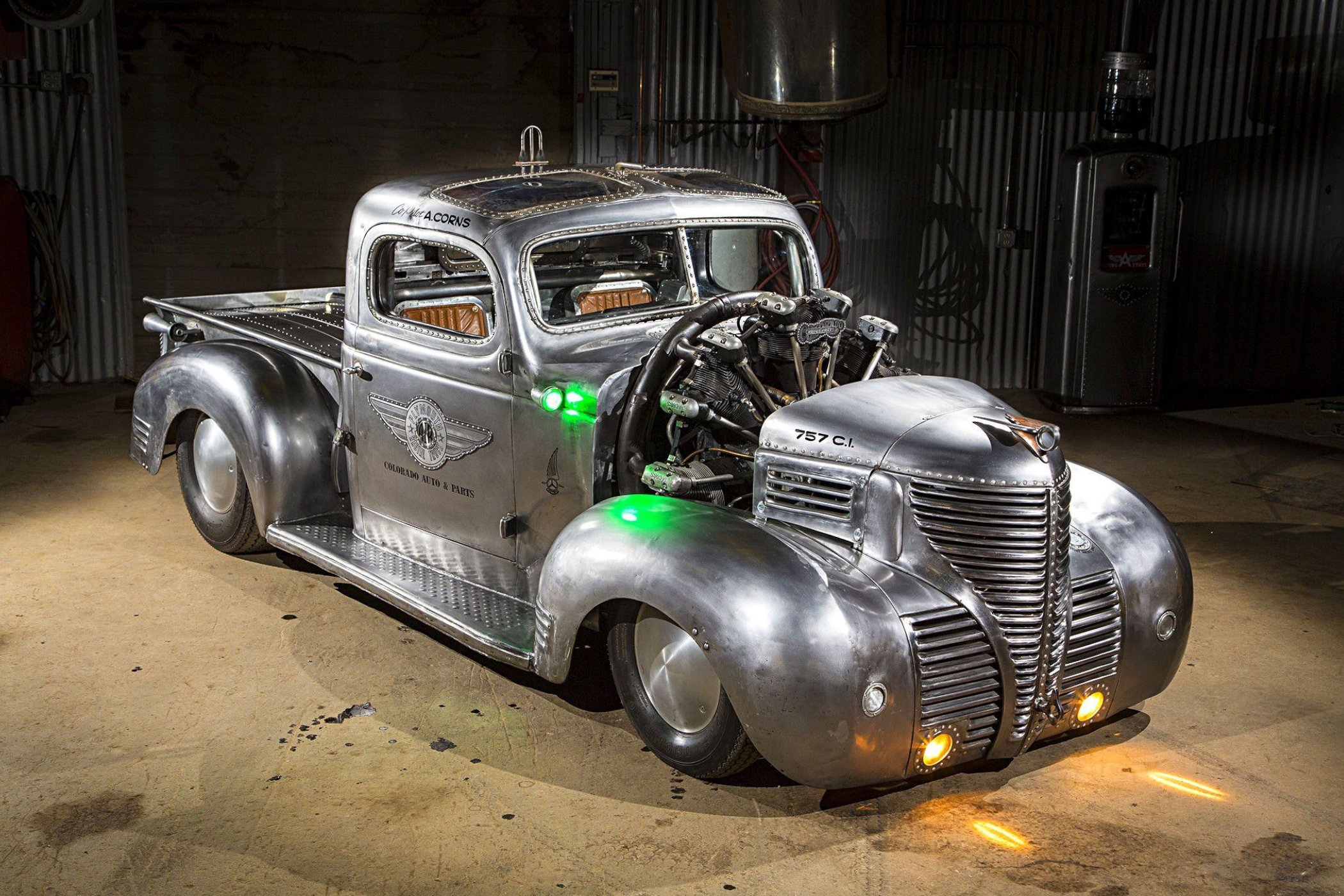
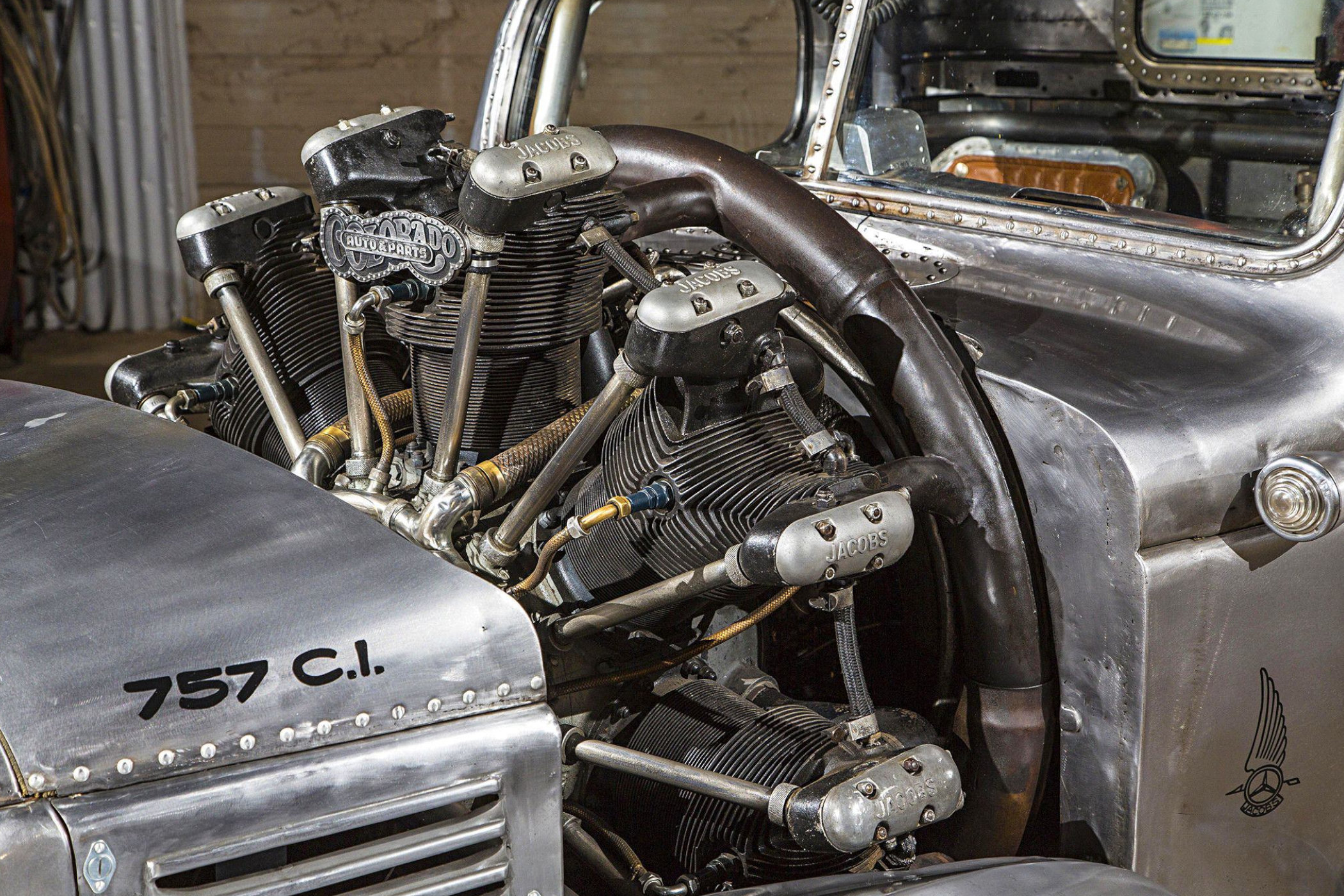
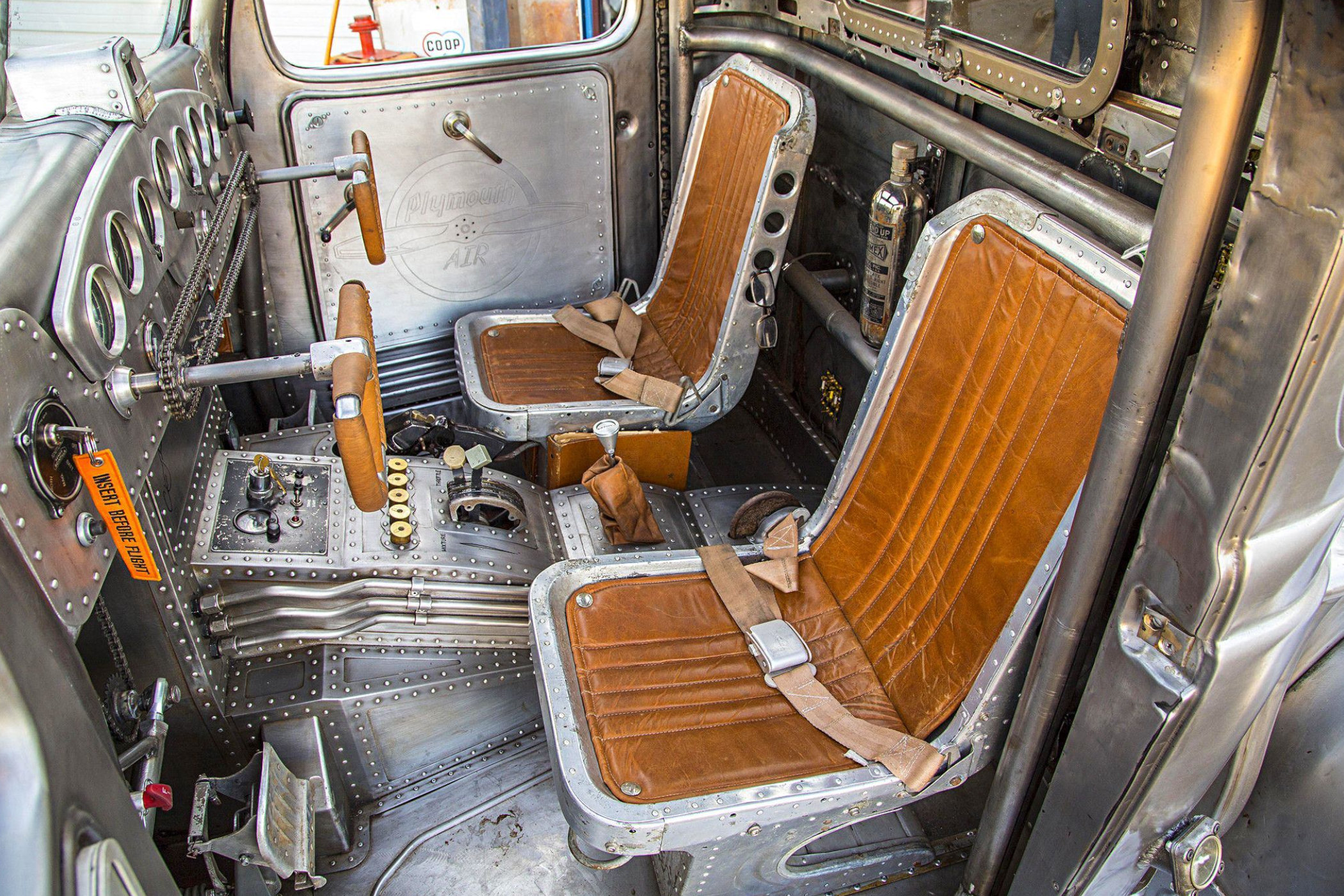


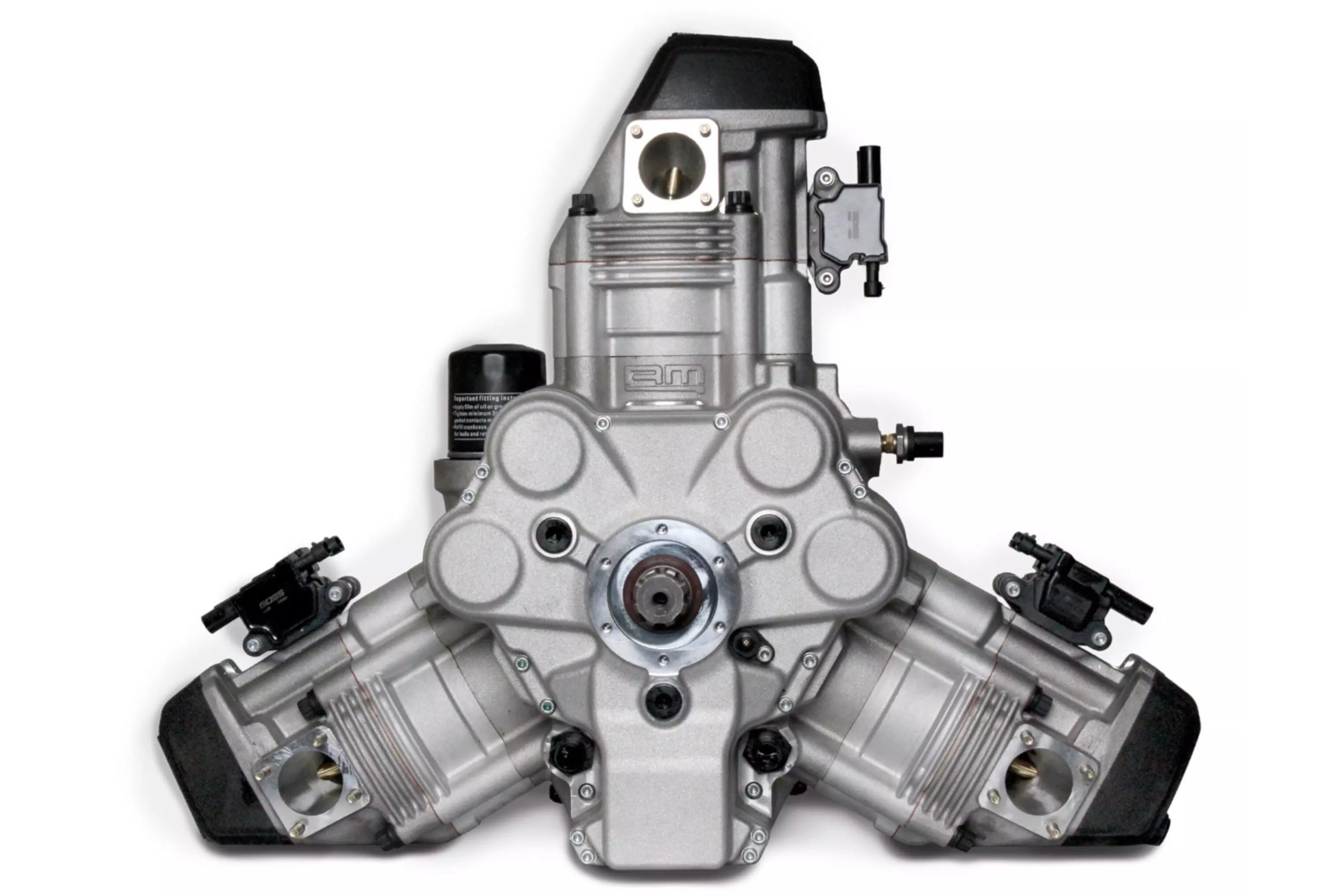


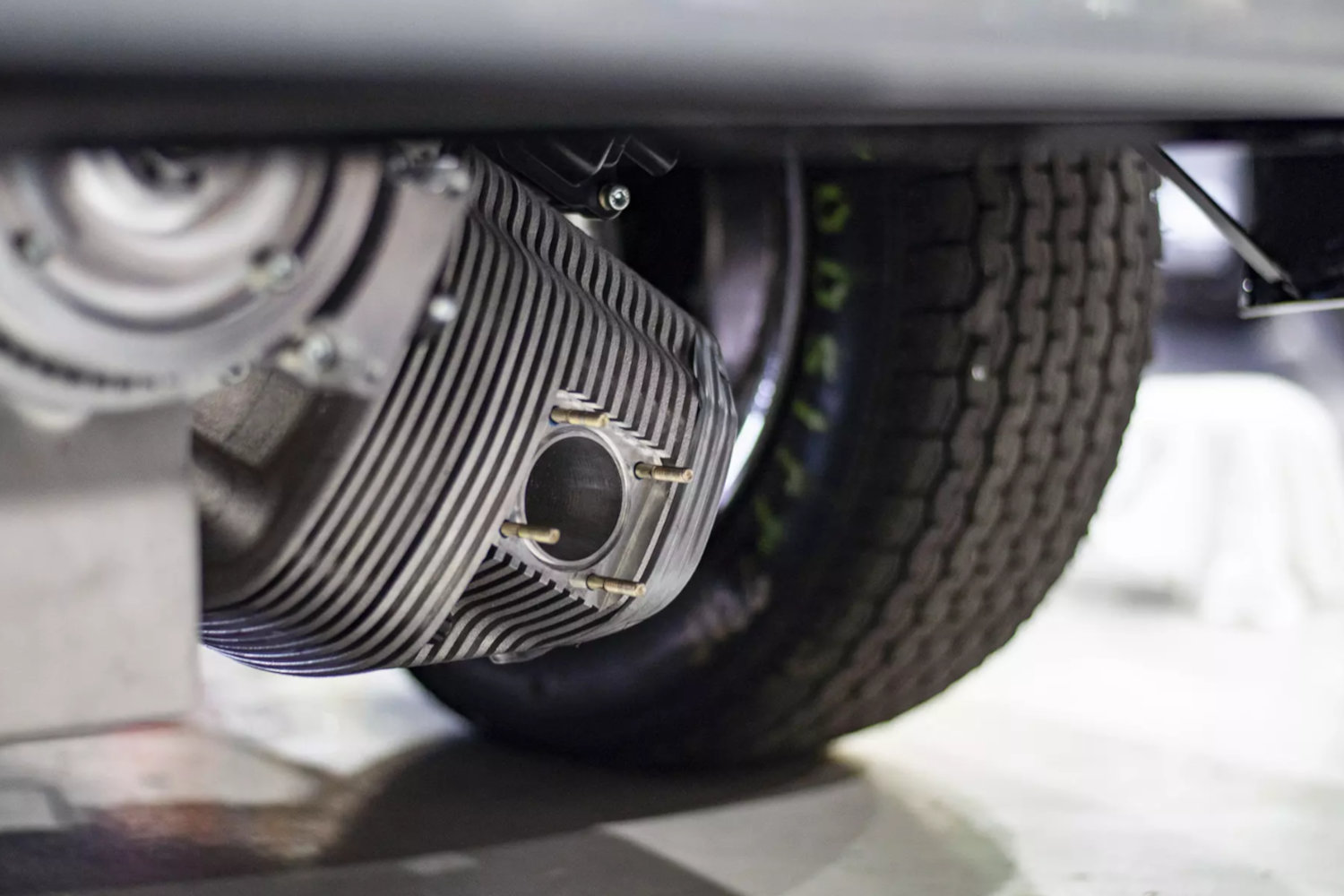

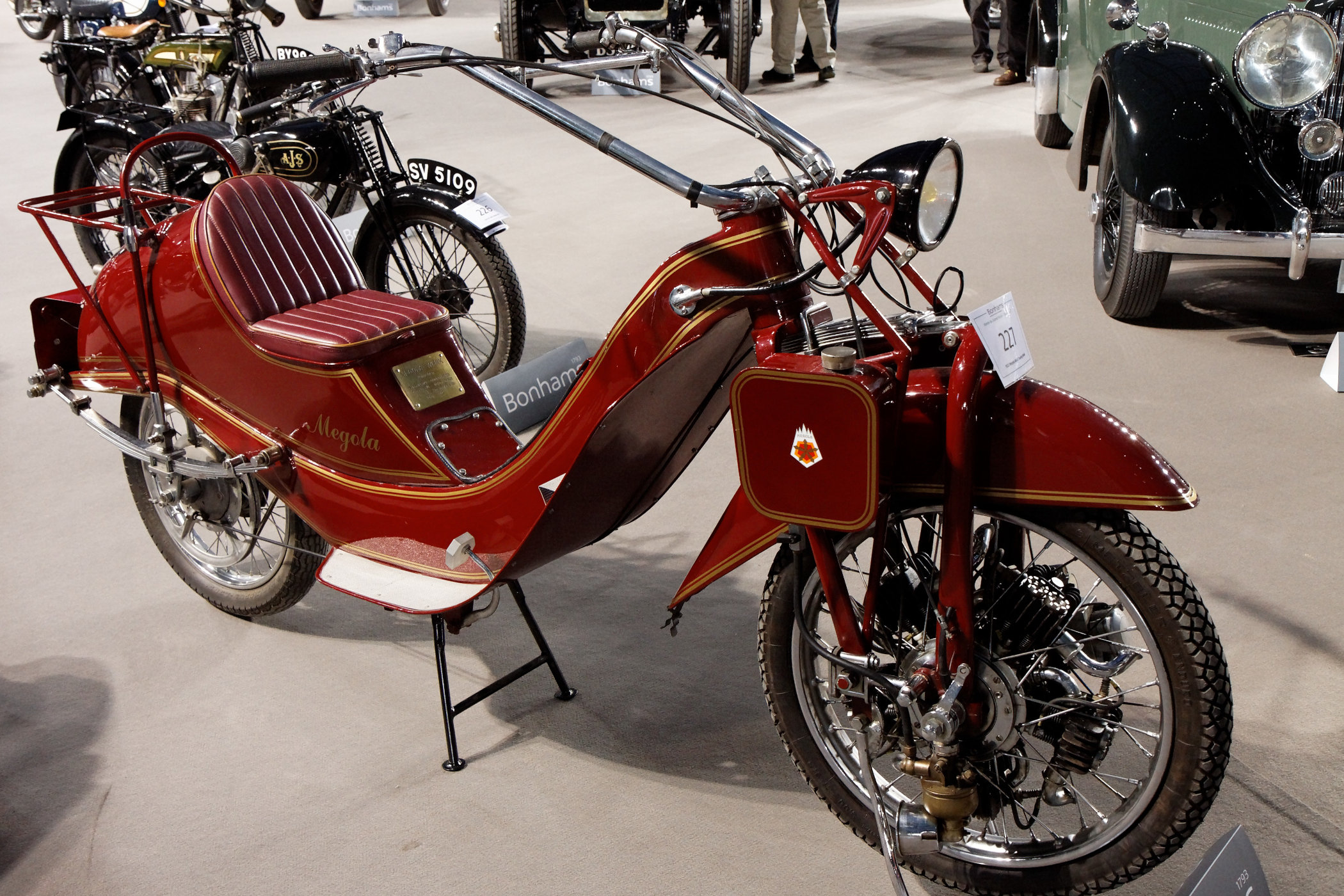
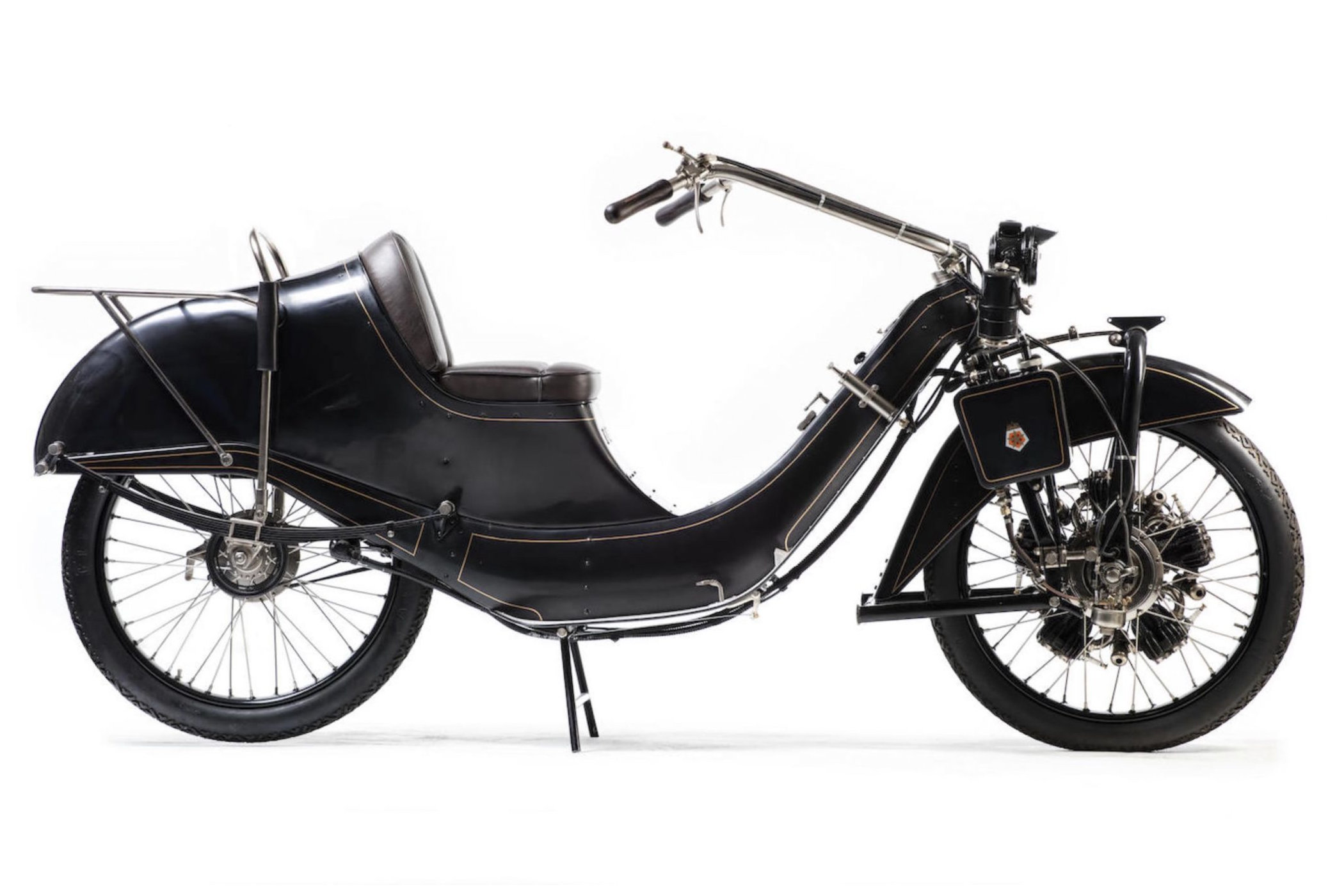




5 responses
I think that the Megola engine is a rotary engine, not a radial…
Yep, you are 10000% right. That engine rotated together with the front wheel that is the actual fixed crankshaft, and radial engines do not rotate, is the crankshaft that rotates. Clever observation!!!!!
Sorry, you both are incorrect ~
It is absolutely a radial engine Rotary engines are made up of triangular pistons that rotate inside their cylinders. Also Jay is wrong. They have single speed fixed transmission but no clutch so not exactly a fixed output shaft.
No, they are correct Mac and you are not. The triangular Wankel rotary engine Mazda has used is just one type of rotary engine, as is the Megula. Rotary just means the combustion chamber rotates around the shaft. It’s been called a rotary type of engine on airplanes long before the Wankel was invented.
It’s a rotary in name only, the Megola and many other ww1 aircraft sported rotary type engines w the pistons rotated around the crank, but by no means was it a rotary, as a Pratt Whitney, Grumman, even BMW would not be called rotary engines.